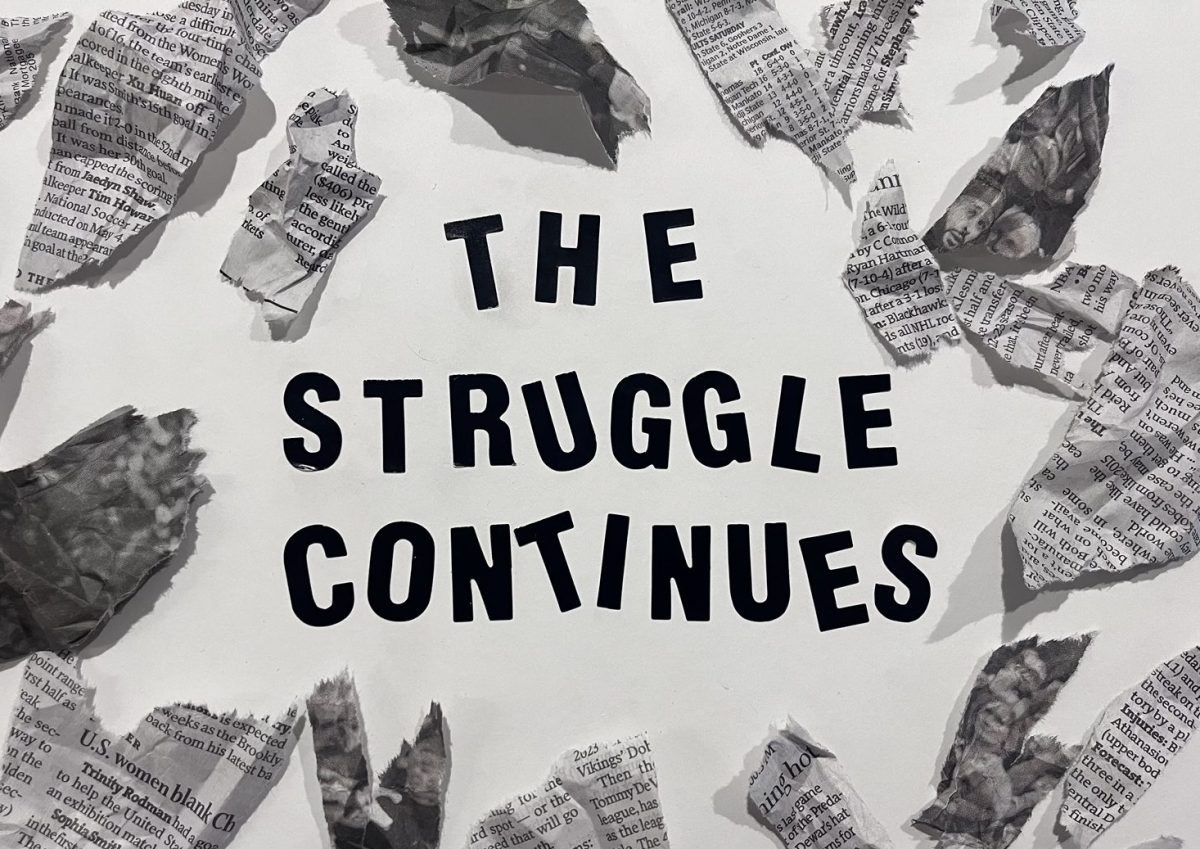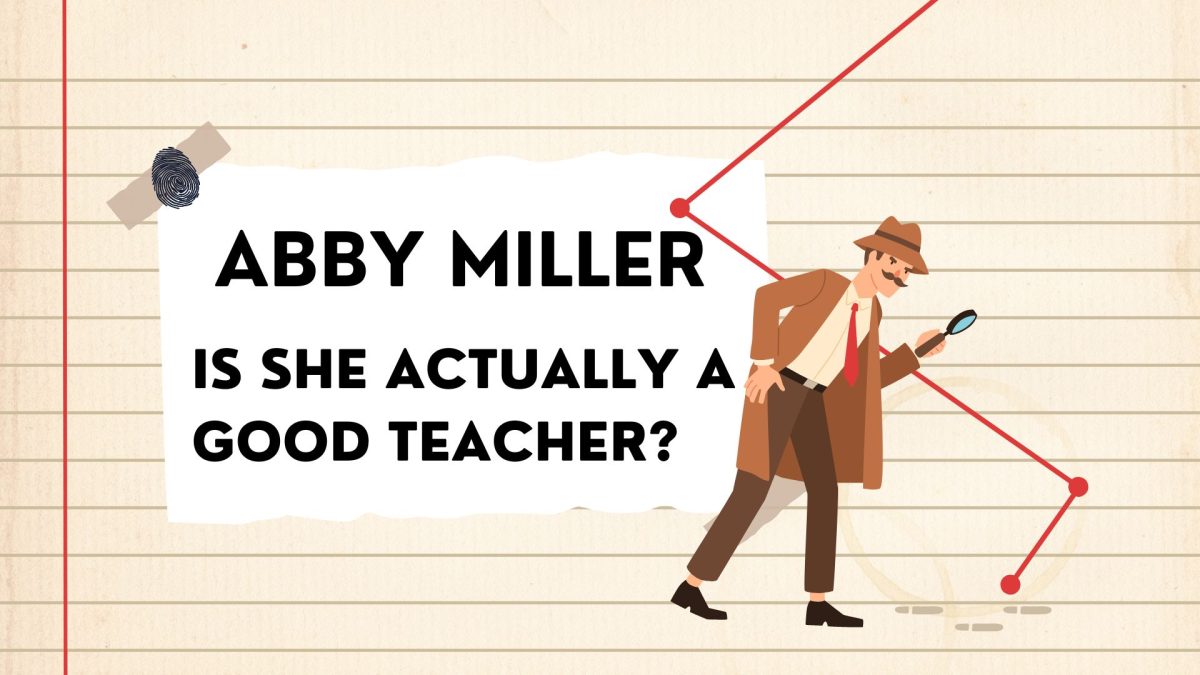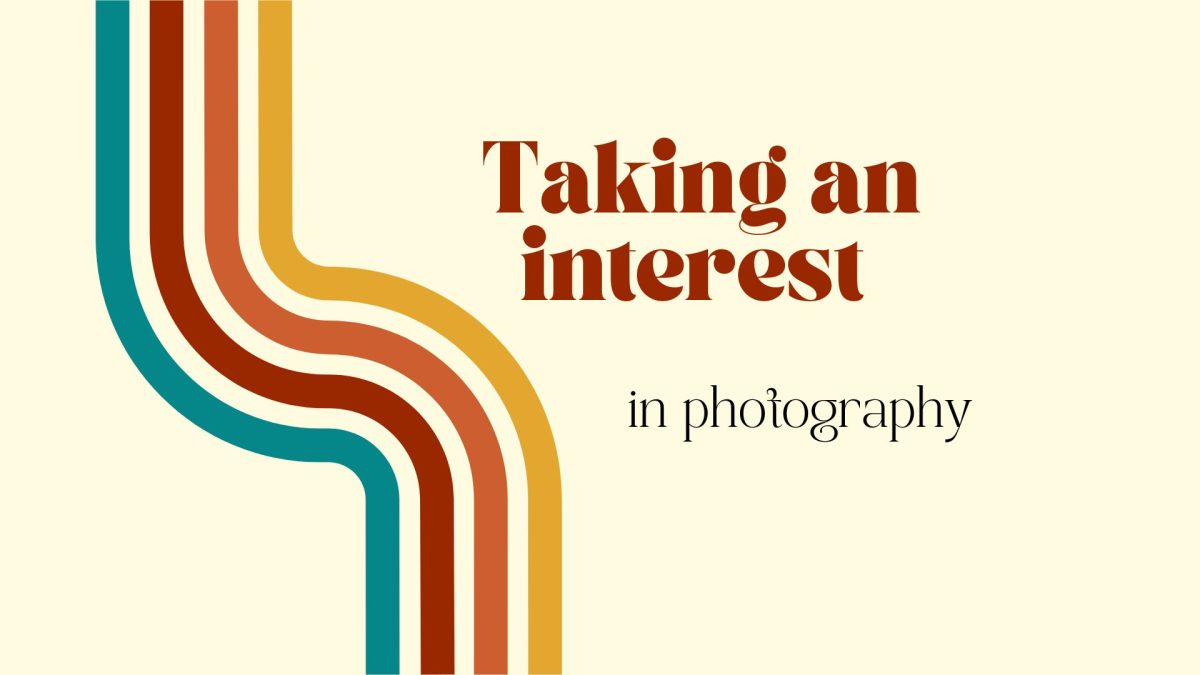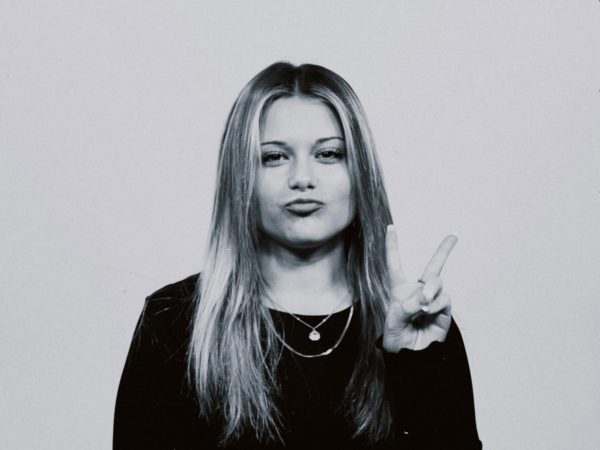When most people think about the civil rights movement, they are thinking of the time between 1950-1968. After everything I learned in my AP government class and in talking to my aunt and uncle, I would argue that there is still, today, an ongoing struggle for civil rights.
The civil rights movement of the 50s and 60s consisted of a large activist crowd that focused on holding nonviolent protests that attempted to promote a social movement towards equality. This included events like the Montgomery Bus Boycott (1955), the Freedom Riders (1961), the March on Washington (1963), and Bloody Sunday (1965). Those were mostly organized to protest the segregation of white and Black Americans. Along with the protests, big and small, there was some important legislation that was passed during this time: the Civil Rights Act of 1964, the Voting Rights Act of 1965, and the Civil Rights Act of 1968. The Supreme Court of the United States also heard important cases: Brown v. Board of Education in 1954 and Loving v. Virginia in 1967.
Alongside the fight for equality for people of color, the LGBTQ+ community was demanding equal rights too. In the US, one of the biggest catalysts was the Stonewall Riots. On June 28th, at The Stonewall Inn, a gay bar in New York City, the six day protest began after the police raided the place. This changed the fundamentals of LGBTQ+ activism in America. It was common for the police to raid gay establishments at the time, and the LGBTQ+ community began to fight back. As the police began arresting people, around 400 protesters began to riot with force. They threw bottles and debris, and ultimately, they set the bar ablaze. They continued their rebellion for the next five days which resulted in a spark of activism towards the LGBTQ+ community.
The US has sanitized its history for many reasons to make it seem like there was a clean and happy ending to the first civil rights movement. Sadly, this is far from the truth and there are still many issues regarding equity across America.
I believe there is still continued discrimination against people of color, women, and those who identify with the LGBTQ+ community. Throughout the years since the civil rights movement, individuals have pushed the law in order to gain the same rights as white American men. There is currently a bill in the works, that if passed would prohibit any discrimination based on gender, gender identity, and sexual orientation. The Civil Rights Act of 1964 prohibits discrimination based on race and ethnicity.
In recent history, we still see the effects of our past discrimination carried out in how minority groups are treated today.
Just in the spring of 2020, Minneapolis was the scene of yet another act of aggression against people of color. Derek Chauvin, a police officer, took the life of an African American named George Floyd. Because the whole event was recorded, it gave everyone in America a bird’s eye view to the inequality that people of color still face. Floyd’s death shed light on the ongoing practice of racial profiling in the police system. George Floyd isn’t the only person of color to lose their life at the hands of a police officer.
Racial profiling is the use of race or ethnicity as grounds for suspecting someone of having committed an offense. There have been numerous examples of racial profiling since the civil rights movement. Just in the year of 2023, 112 Black people were killed by police, which is the lowest number yet. Last year, 281 black individuals killed. In 2015 there were a total of 305 black people killed, and the numbers are still high.
Over Thanksgiving break I was able to speak with my aunt, Amanda Behrens, who graduated from Hamline University School of Law with a degree in law. She was able to share with me some of her first hand experiences along with educating me on many of the procedures taught in both law and criminal justice training.
My aunt knew a person while in college that was trained to pull over any black person and he said that he thought that sounded right and that it made sense. This leads to incrimination that ordinarily doesn’t happen when race isn’t a part of the question.
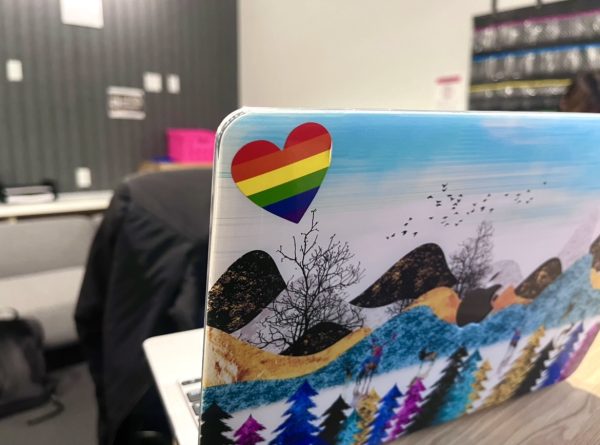
Gay rights have come a long way; however, there are still many issues with people accepting homosexuality and gender identity. In the last decade, there have been many bills going though the states that aim to harm the LGBTQ+ community. There are currently 508 anti-LGBTQ bills in the US which implement restrictions in healthcare and education. Some of the bills that have been advancing in a couple states have the ability to weaken civil rights laws and ban free speech and expression.
Bullying and harassment in the workplace for LGBTQ is very common despite the laws against it. Statistics show that close to half of the working LGBTQ individuals have experienced unfair treatment at their place of employment. This has been shown to negatively impact their mental health and safety. On top of that, there is now a reduction in job commitment and enjoyment due to the discrimination in the workplace.

Women are another protected class of people who have to struggle for equal rights in America. Through the women’s suffrage movement, they passed the 19th amendment which allows women to vote. Currently, there are still issues setting women’s rights back. This includes domestic/sexual abuse, lower pay, and improper healthcare for women’s reproductive systems.
There are still huge gaps in the wage between men and women which can be described as the “glass ceiling.”
Women have many hurdles to overcome that set them further back from the men who have the same job and position as them. The major one being pregnancy and the overall view of women’s capabilities. Employers are more likely to give men a promotion as they appear to have more of a work drive than women due to their nature. .This causes them to not make it as far in the workplace and make far less than men.
All of the inequality that is still running around in America is truly heartbreaking to me. Our society has made us believe that we have made huge strides towards equality, when in reality, we have major work to do. I believe that each individual has the right to be who they are and should not have to worry about how they will be treated.
Anyone can begin to take the steps needed to make a change. As a whole, we need to take action in order to fix what needs to be fixed. Simply talking about these issues in equality raises awareness.



